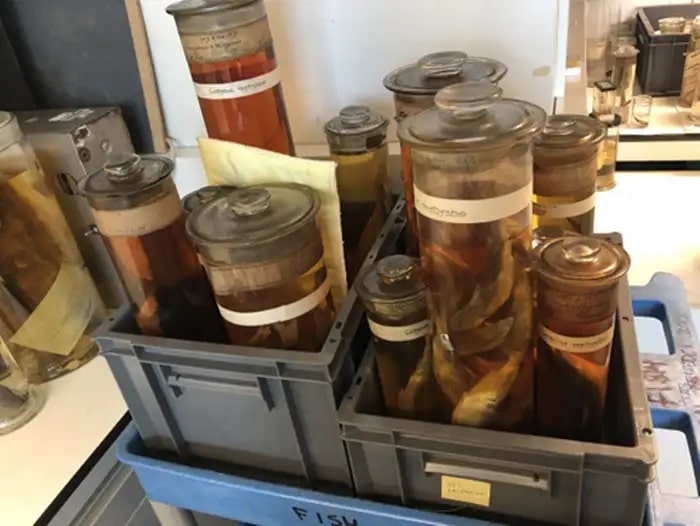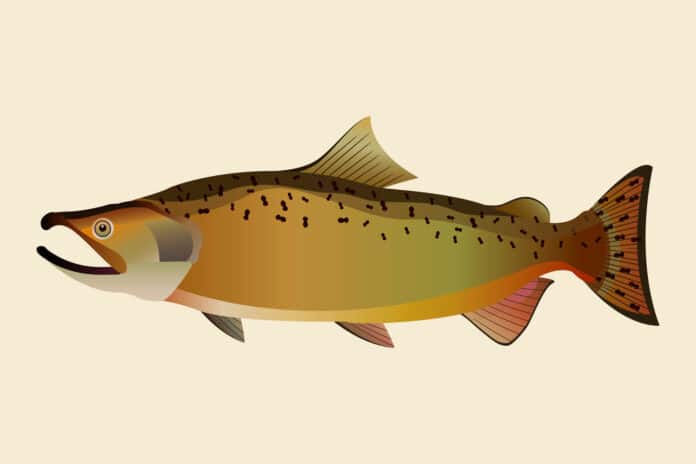The anadromous houting Coregonus oxyrinchus is listed as “extinct” on the IUCN Red List. The taxonomic distinction between C. oxyrinchus and the similarly related C. lavaretus is based on a debatable morphological comparison, therefore, its extinct status may not be accurate. Additionally, phylogenetic analyses of mtDNA only included recently discovered coregonids.
Numerous buildings preserved in the museum, some dating back more than 250 years, were subjected to DNA extraction by researchers from the University of Amsterdam and the Natural History Museum London. The DNA of these museum fish was then compared to DNA from a number of closely related species. The genetic differences between houting and a species known as European whitefish were remarkably small, according to the experts. Houting is also not extinct because it is still a widespread species.
Scientists isolated mitochondrial DNA from the fish. Even from a dried North Sea houting from 1754 that Linnaeus used to describe the official species, they were able to extract a small amount of DNA. All of the studied houting (Coregonus oxyrinchus) (Coregonus oxyrinchus) were placed in the same phylogenetic tree as the European whitefish (Coregonus lavaretus), which was made using the DNA.
First author Rob Kroes of the University of Amsterdam comments: “The European whitefish is fairly widespread in Western and Northern Europe, both in freshwater rivers and lakes, estuaries and the sea. Because we found no species difference between houting of the past and today’s European whitefish, we do not consider the houting to be extinct.”

‘It often happens that there is confusion as to whether animals are one species or not. Especially when fish are involved. They often have a lot of variation in morphological traits within a species. In this case, biologists long thought that houting is a different species from the European whitefish due to the length of the snout and the number of gill rakers. But these traits are simply not suitable to say that houting is a different species. Our DNA research now clearly shows that it isn’t.’
The official Latin species name needs to be changed, it seems. However, more investigation on the DNA of the dried fish from 1754 is necessary before the name can be definitively changed. The researchers say it will be challenging to accomplish this.
Kroes: “The DNA is old and damaged, but I think we should try. At the moment, the protected status of various coregonids is a mess. According to the IUCN, North Sea houting is extinct; at the same time, there are various European nature laws that state that both houting and European whitefish must be protected. So we are actually protecting an extinct species that is just swimming around at the moment.”
Journal Reference:
- Kroes, R., Winkel, Y., Breeuwer, J.A.J., van Loon, E.E., Loader, S.P., Maclaine, J.S., Verdonschot, P.F.M. & van der Geest, H.G. (2023). Phylogenetic analysis of museum specimens of houting Coregonus oxyrinchus shows the need for a revision of its extinct status. BMC Ecology and Evolution, 23(1), 1–10. DOI: 10.1186/s12862-023-02161-7
